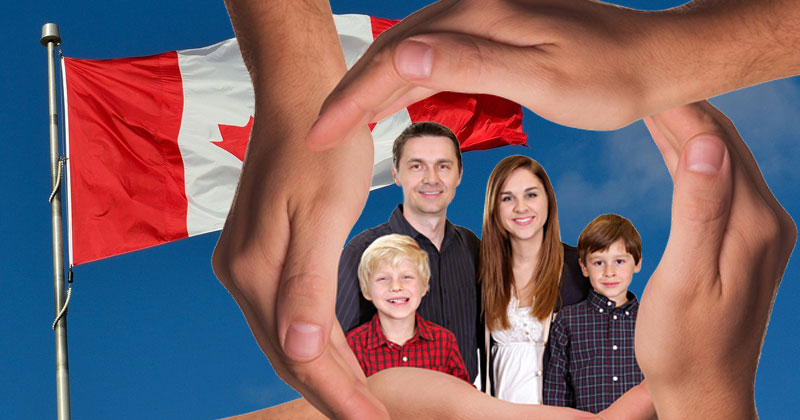Artificial Intelligence Will Help Fight Fires in Canada

Scientists from California came to the rescue of the Canadians.
Canada's wildlife has been hit hard by fires this year, with Alberta, Saskatchewan and British Columbia all affected. Thanks to the rapid response of firefighters and the government, the main hazard is now over. Local volunteers have also helped — Canadians have zealously set out to help compatriots in trouble. But the risk of more fires still exists. Statistics show that half of them are caused by people.
Scientists from ALERTCalifornia volunteered to help Canada. This organization uses the latest technology to monitor the state of nature in America and promptly notify firefighters of the impending disaster. It offers its technology to Canadians.
The essence of the method is quite simple: scientists install hundreds of regular and thermal imaging cameras in the region's forests, trying to cover as much of the area as possible. There are thousands of cameras for the whole of California — the equipment is installed rationally to achieve the best overview with a limited number of devices. These units are super accurate and can shoot over an enormous distance. In addition, they are mounted very high up. Scientists, firefighters and artificial intelligence observe the data from them. Artificial intelligence is needed because it reacts faster than humans and needs no rest. Special software unmistakably determines the signs of the beginning of a fire, and immediately transmits them to people.
Scientists in California say this is a huge breakthrough for the safety of their region: previously, in order to mark the location of a fire and confirm its presence, you had to send a team there. It was transmitting data about the movement and area of the fire over the phone or the Internet. It was too slow, and it cost North America hectares of forest.
Cameras and artificial intelligence help to quickly localize a fire to within meters. They instantly send firefighters data on its area and location. This saves precious time in which crews have time to save as much land as possible. And the crews are also better prepared when they get there: the cameras show them exactly what to expect and whether they need additional manpower and resources.
Canada is also considering whether it is time to make firefighters safer by giving them robots to help them. Some countries, such as Japan, are already using such technology. Heat-resistant work-firefighters will be able to work in the most dangerous places and transmit information from them to people to make a decision. By the way, such machines do not look like people at all — their design makes them stable, able to withstand large weights and temperatures, as well as move quickly. They usually look like small cars or tanks.
So far, the country is wondering where to get the money for these innovations. The cameras and artificial intelligence services will be cheap for Canada, but the purchase of robots will hit the budget. Scientists are urging the authorities to make this investment: it will quickly pay off, preventing losses to the local economy due to natural disasters.

















